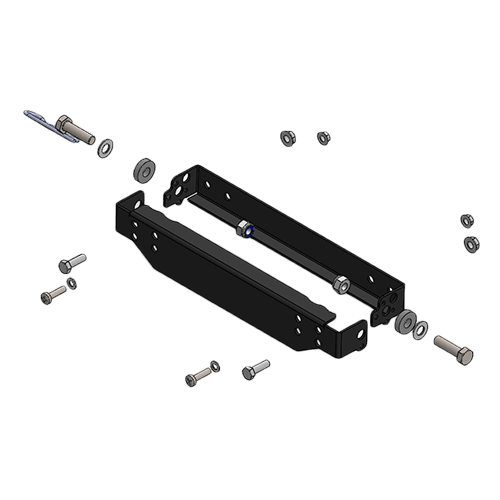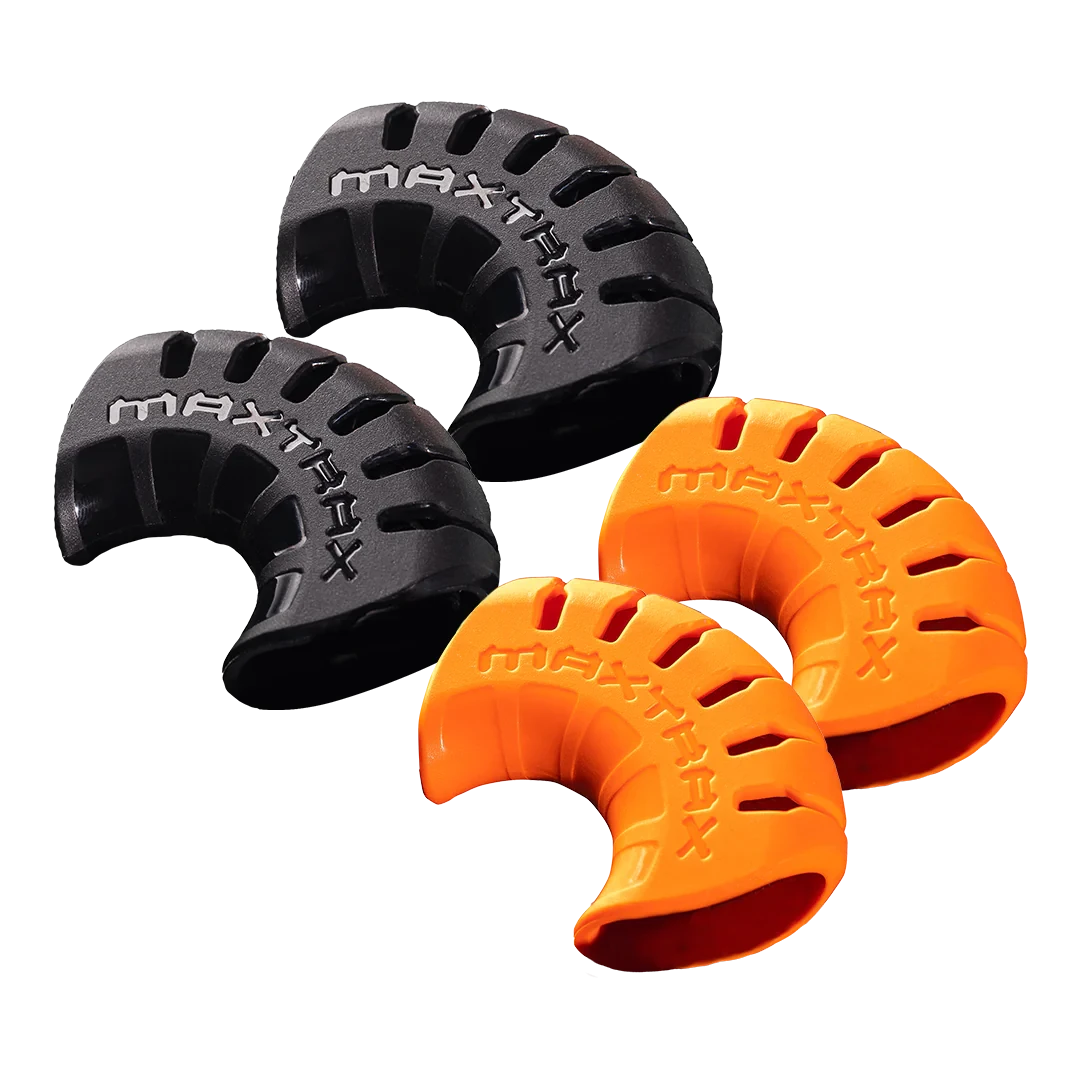LED Light Bars & Bright Driving Lights with Spot & Flood Beam
Spotlights and driving lights have been around for years. Everyone is looking for a way to brighten up their night time 4wd wether it be on the beach or off the beaten track in the bush. In this article we take a look at a new range of lighting products using LED lights. Still at the premium end of the driving light market, LEDs are finding their way onto the front of many 4wd vehicles.
As the price of these new LED light bars continues to drop, they will become common place on 4wds accross the country. With this in mind, what are the advantages of fitting LED light bars to your 4wd? and what sets them apart from halogen and HID spotlights?
Halogen Lighting Explained
If you don't understand how halogen lighting works, it's worth learning, because the basic principles still apply to LED technology. A halogen globe is essentially electrical current passed across a filament to create light. The globe is filled with gas to prevent the filament from oxidising and burning up.
The problem with a normal globe is that the light it produces is quite limited and the actual wire used to make the filament is very fragile. When you are travelling on rough terrain like 4wd's they tend not to last as long as you'd hope. A halogen globe counters these issues by having the filament made of tungsten and the the globe itself is filled with an inert gas. The tungsten reacts with the gas creating a very intense light and creates a stable light source that is less affected by vibration.
Halogen globes are relatively inexpensive to produce making them perfect for automotive use. They do however produce a yellow colour light which can be tiring on the eyes when driving long distances.
The biggest drawback from halogent lamps is the amount of current they draw. A comparison is that most halogen lighting draws 55w+ from your electrical system whilst LED's draw as little as 5w to produce a similar light spread.
All of this is affected by the reflector system used for the lighting. LED lights use a very complex version of a halogen reflector with a comination of many reflectors to intensify the light produced. The single biggest advantage with LED lights is the low and stable power draw. Compared to halogen, the draw can be reduced by over 70%.
LED Light Technology
LED stands for Light Emitting Diode. It's not a new technology having been used in technology since the 1960's. Originally LED's were only available in red. This is the colour the diode produces when being electrified.
In the last ten years, LED technology has really advanced. Now many different colours can be produced and bright white is available for driving lights. As they become more popular, they will become more and more affordable.
Modern LED Driving Lights and Light Bars
LED lights can be designed into any shape to compliment your 4wd vehicle. The most common remains the round light because it produces the best light spread and length. However becoming more popular is the rectangular design which can be placed on roof racks and takes up far less profile height space.
Rectangular LEDs produce a spread beam rather than a spot beam which is great for lighting up the track to a close range. To provide a good combination of length and spread, manufacturers are putting higher intensity leds in the middle of the light bar and have changed the reflectors to suit longer range while the outer LEDs provide more spread.
Are LED Light Bars Right For You?
Sure, LED light bars are on the expensive side of things when it comes to spotlights and lighting for your vehicle, but it could be argued that lighting is the most important accessory you can add to your 4wd. With the increase in volume of sales of LED lighting, we will see a decrease in the price of these items over the next few years.
If you own a newer 4wd, you'll be aware of its fragile electrical system. This is where LED's can be of most benefit. Hooking up a high current halogen or HID system will create current spikes that can damage ECU's or trip out electronics. LED's draw so little current they dont pose the same spiking issues when they're turned on and off.







